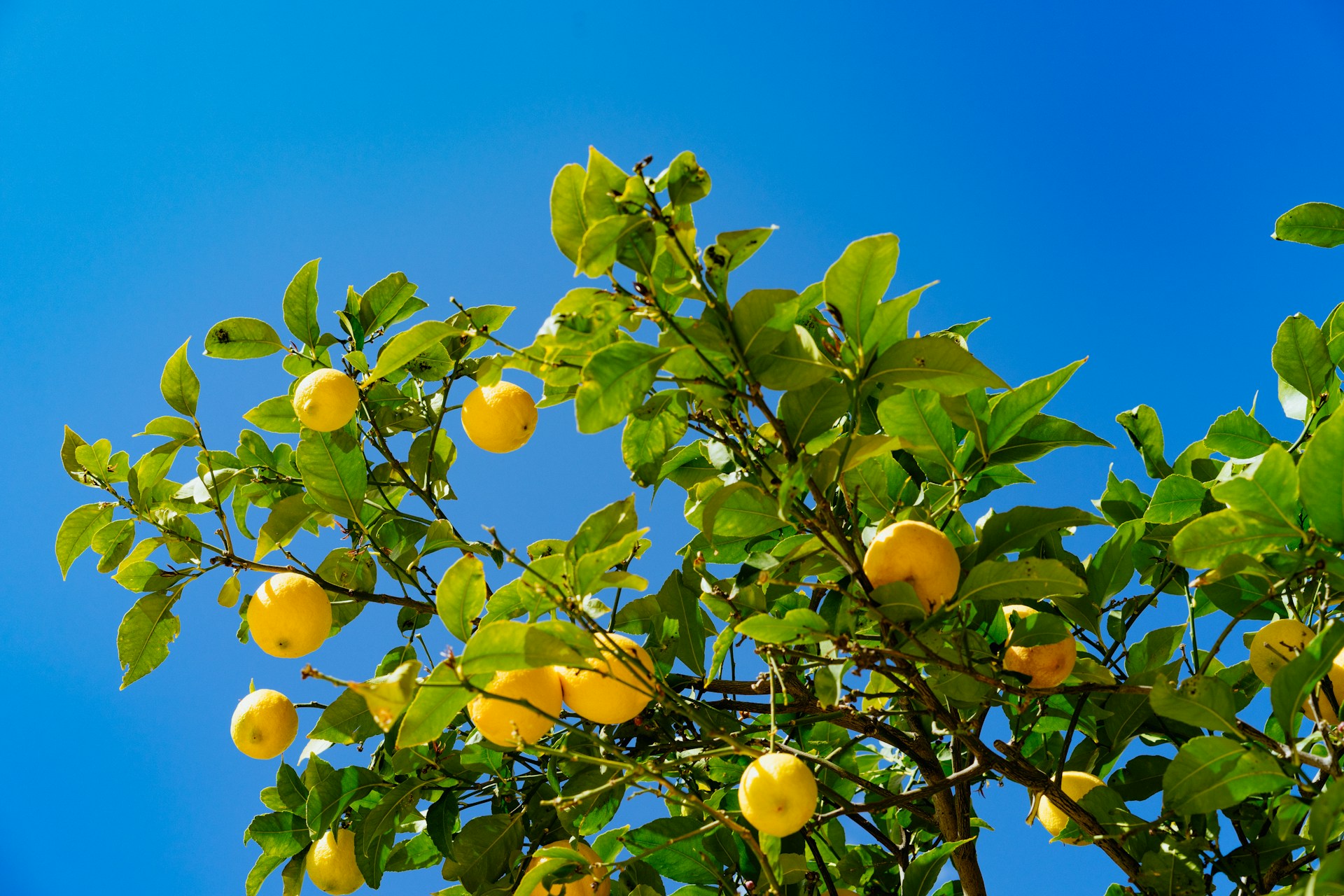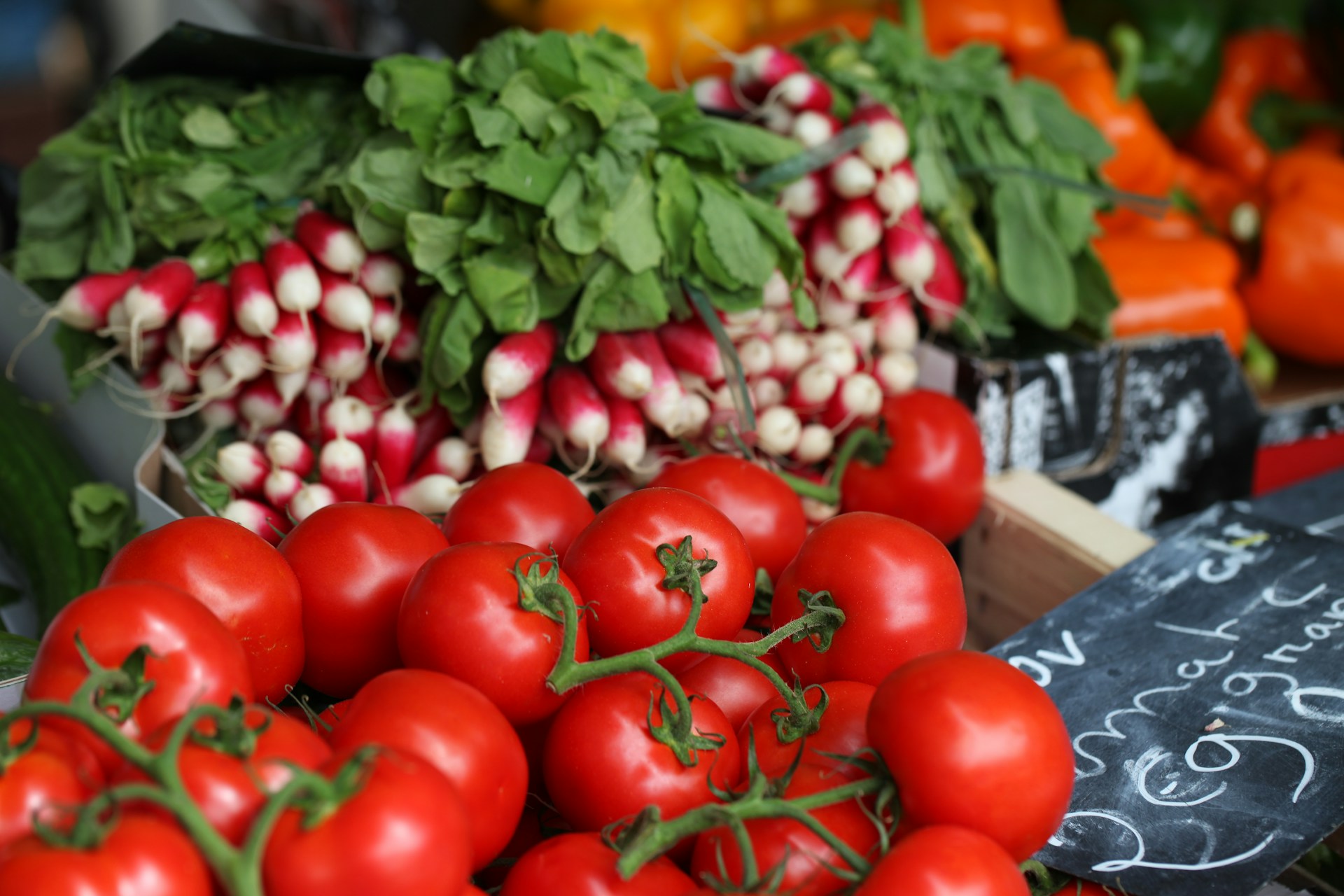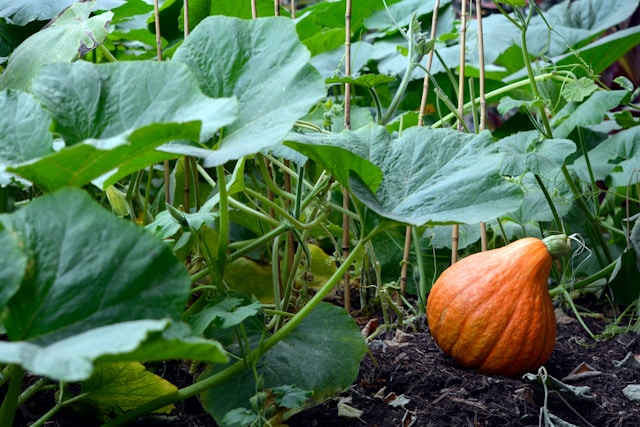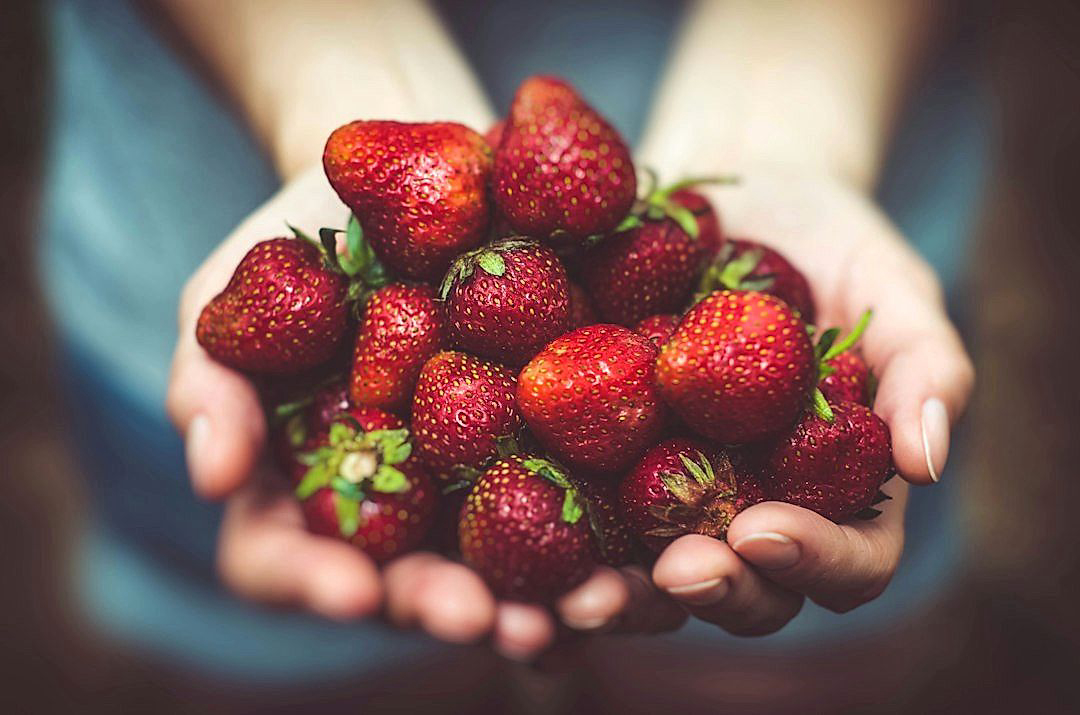Trade agreements, in today’s globalised economy, have a significant impact on various sectors, including agriculture.
Specifically focusing on produce farming, these agreements can either enhance or limit the growth potential of this integral sector.
For farmers and policy makers, understanding the implications of these agreements is crucial.
This article will delve into how these trade agreements shape the world of produce farming, exploring both the opportunities they present and challenges they impose.
It will offer insights based on factual data and expert opinions.
Furthermore, it will explore potential strategies that farm owners and governments can adopt to turn these challenges into opportunities.
Effects Of Trade Agreements On Produce Farming
1. Increased Market Access for Produce
One of the main effects of trade agreements on produce farming is providing increased market access for farmers.
Trade agreements essentially open up avenues for exchanging goods and services between different countries, thereby eliminating trade barriers that may have been in place in the past.
This directly benefits produce farmers because, for them, the elimination of these trade barriers, often in the form of tariffs and quotas, translates to having an expanded customer base.
By entering into trade agreements, farmers get the opportunity to sell their produce beyond their local markets, and thus potentially boost their income.
Increased market access not only means that farmers can sell their produce to more people, but also that they can potentially charge a higher price.
Being able to sell on an international market often allows them to sell their produce at a higher price than what they can fetch in their local market.
This is particularly true for specialty or organic produce which fetch better prices in some markets, especially the developed ones.
Being able to access these kinds of markets can translate into farmers doubling or even tripling their income.
Apart from just increasing the customer base and potentially higher prices, the other aspect of increased market access is the ability to sell all year round.
Often, because of different growing seasons in different countries, farmers might find that their produce is in high demand in off-seasons abroad.
This benefits the farmers because they can continue selling their produce even when the demand in their local markets is low.
However, while there are these clear benefits of increased market access, there are also a few challenges that farmers might face.
One of these is the increased competition from foreign produce.
Opening up markets also means that farmers will have to compete with foreign farmers, who might have access to better technology or resources, thus providing better-quality produce or at lower costs.
Another challenge could be the increasing standard and compliance requirements for selling aboard.
Foreign markets often have higher standards for food safety and quality, and meeting these standards could involve additional costs for the farmers.
Despite these challenges, on the whole, the benefits of increased market access easily outweigh the drawbacks.
2. Potential for Higher Profit Margins
In the context of produce farming, trade agreements can have a significant impact on the possibility of realizing higher profit margins.
In many cases, international trade allows farmers to sell their goods at higher prices than they could receive in their local markets.
This is because international markets may have a higher demand for certain products, driving up their prices.
Moreover, if the cost of production is lower in the producing country, there is a potential to achieve higher profit margins even when selling at the same price as in the domestic market.
The potential for higher profit margins can also be viewed from another perspective: that of production efficiency.
Trade agreements often come with measures to improve infrastructure and upgrade technology in the agricultural sector, which can boost productivity and reduce production costs.
Improved efficiency in production, coupled with access to potentially more lucrative markets, creates a recipe for potential higher profit margins.
Furthermore, trade agreements often come with clauses that protect the interests of farmers, ensuring that they get fair prices for their produce.
Some agreements come with provisions for subsidies, which can help boost farmers’ incomes.
For instance, a trade agreement might require a nation to reduce or eliminate tariffs on certain agricultural products, reducing the cost for farmers to access foreign markets.
This reduces the overall cost of exporting products, offering the chance for farmers to increase their profit margin.
Also, trade agreements can provide for market stabilization measures, protecting farmers from extreme price volatility and ensuring sustainable profitability in the long run.
Another benefit that trade agreements can bring is enhanced access to credit.
Increased access to credit is often critical for farmers who need to invest in technology, infrastructure, or other aspects of their operations to be competitive in the international market.
Overall, trade agreements can influence a variety of factors – ranging from market prices, cost of production, to access to credit – that directly impact the potential for higher profit margins in produce farming.
3. Exposure to Foreign Farming Methods
Trade agreements provide a platform for exchange of knowledge among different countries, which includes advancements and practices in farming.
Through these agreements, farmers can gain insights into foreign farming methods that may be more efficient or sustainable, providing an opportunity for continued learning and innovation.
Understanding and adopting these agricultural techniques can potentially lead to increased crop yield, efficiency in farming operations and even contribute to environmental sustainability.
These foreign farming methods can range from innovative crop rotation practices and sustainable irrigation methods to advanced technological applications for crop management and pest control.
For instance, a farmer in the United States could learn about the efficient rice cultivation techniques used in Asian countries and apply those methods at home to boost productivity.
Such exposure not only enriches farmers’ agricultural practices but also spurs agricultural innovation on a global scale
Farmers may also gain knowledge of foreign soil enrichment practices, enabling them to improve the quality of their own produce, and increase profitability.
This, in turn, can open up new opportunities for the farmer in time, including the potential for diversification or the implementation of high demand crops they wouldn’t have considered previously.
Exposure to different methods also provides the chance to learn about integrated farming systems which combines different farming ventures like crop and livestock farming for maximum efficiency and profits.
However, it is also important to consider possible negative impacts and challenges.
Every farming method may not be suitable for every region due to differences in factors such as soil quality, climate, and local pests.
Adopting a foreign farming method without appropriate adaptation and consideration could lead to unsuitable outcomes and even possible damage to existing produce.
Suppose the proper precautions, adaptations, and steps are taken. In that case, farmers could see a significant improvement in their yields, efficiency, and overall success in their farming businesses.
Agricultural growth and improved livelihood of farmers as a result of adopting foreign farming methods could lead to overall economic growth and development of a country.
Moreover, the knowledge exchange fostered by trade agreements can foster stronger relationships between countries, contributing to cooperative efforts towards global food security.
4. Higher Standards for Food Safety
When farmers partake in international trade through trade agreements, they are often subject to more stringent food safety standards.
The implementation of such standards seeks to ensure that imported produce is safe for consumption in the importing country.
The standards generally involve a higher degree of scrutiny in terms of hygiene practices, safe handling of food, as well as pest management.
Farmers participating in international markets are also required to adhere to standards on the threshold levels of pesticides and heavy metals in their produce.
Sometimes, they may even need to fulfill certification requirements which verify that their farming practices meet the safety standards and regulations of the target market.
Although these safety standards are tougher and require more rigorous practices, they are instituted to ensure food is secure, and its quality is upheld, bringing about an overall boosting of public health status
These robust safety standards imposed by trade agreements evoke the improvement in farming practices to align with international benchmarks for food safety, thereby pushing local farming standards higher.
Evidently, the shift in practices from traditional to modern farming methods aims to ensure the safety and quality of produce, which ultimately serves to benefit consumers.
This also gives farmers the opportunity to enhance their reputation in the market and presents the potential to achieve higher prices for their produce owing to the assurance of higher quality.
To achieve these safety standards, farmers are compelled to seek training and education, further enriching their farming practices and contributing to a better understanding of cross-contamination, disease control, and effective pest management techniques.
Often, government bodies and independent agencies offer support and guidance to farmers, aiding them in meeting the required food safety standards.
As a result, farmers can accrue the benefits of sharing knowledge and experience through this training, creating a community of practice amongst farmers.
Furthermore, the push to meet high safety standards, often means that farmers are compelled to invest in advanced farming equipment and infrastructure, which in turn can enhance productivity and efficiency in the long run.
However, it’s worth noting that these high safety standards, while beneficial in terms of quality assurance, come with their own set of challenges.
Smaller farmers, in particular, might struggle to meet these demands due to financial constraints or lack of access to necessary technology.
This situation reinforces the need for financial and technical support from government bodies or third-party organizations to assist small-scale farmers in meeting the strict standards of international trade.
5. Increased competition with foreign farmers
The effects of trade agreements are numerous and impactful, particularly in relation to the increased competition they foster amongst farmers.
In many cases, produce farmers are finding themselves in a more competitive environment due to the opening up of markets through trade agreements.
It is important to note that this increased competition is not always negative, as it can drive innovation, increase efficiency, and potentially lead to better quality products.
In this environment, the notion of competition is not limited to who can produce the most, but rather who can produce the best quality in the most sustainable and efficient manner.
However, the pressure of this competition can also lead to stress and financial uncertainty for farmers who are unable to keep up in this rapidly changing landscape.
Furthermore, the presence of foreign competitors in domestic markets can lead to changes in supply and demand dynamics.
A surge in imported products could potentially flood the market, dropping prices and leaving local farmers struggling to sell their produce.
Conversely, the opportunity to export can open up new markets for farmers, enabling them to reach a broader customer base.
With these opportunities, however, come a host of new challenges. Not only do farmers need to navigate new markets, they also need to understand and comply with foreign regulations and practices.
Moreover, foreign competitors often have access to technologies, resources, and infrastructures that may not be available or affordable for local farmers.
This can result in a competitive disadvantage for those unable to invest in these resources.
In order to navigate this complex landscape, farmers must be proactive, vigilant, and adaptable.
They need to understand the dynamics of foreign markets, remain aware of global trade trends and regulations, and be willing to innovate and invest in new techniques and technologies.
Facing this competition can be tough, but it can also bring about opportunities for growth and improvement, pushing farmers to excel beyond their comfort zones.
Thus, while the increased competition brought about by trade agreements can present challenges, it can also foster innovation, improvement and resilience amongst produce farmers.
6. Possibility of crop diversification
Trade agreements can significantly impact the agricultural sector, particularly concerning crop diversification.
Crop diversification entails a shift from a monotonous crop system to a multi-crop system, which includes seasonal rotations of various crops.
These rotations can lead to a more sustainable agricultural system that mitigates pests and diseases, decreases soil erosion, and increases soil fertility.
By introducing different crops, farmers can diversify their income streams, reducing the risk of losses due to failures in a single type of crop.
The diversification of crops provides economic stability for farmers and reduces certain risks associated with dependence on a single crop.
Trade agreements can fuel crop diversification by initiating new opportunities for international markets.
This provides an incentive for farmers to shift to different crops that might fetch a higher price in international markets.
For instance, a farmer growing only soybeans can diversify and start growing crops like sweet potatoes or barley if these crops are in demand in foreign markets due to trade agreements.
Also, the exchange of technological advancements and knowledge in agricultural practices caused by trade agreements can aid crop diversification.
It can provide farmers with exposure to foreign farming methods and introduce high-yielding and disease-resistant crop varieties that can be incorporated into their farming systems.
However, crop diversification spurred by trade agreements is not without its challenges.
Diversifying crops would require farmers to adjust their farming practices, which might require considerable resources, such as investments in new farming equipment, or specific pesticides or fertilizers.
There may also be barriers to entry in foreign markets, despite trade agreements.
These could range from foreign farming subsidies, tariffs, and non-tariff measures that could discourage crop diversification.
Overall, the possibility of crop diversification introduced by trade agreements offers potential benefits and challenges for produce farming, redesigning the farming landscape across the globe.
7. Dependence on International Trade Regulations
International trade regulations play a pivotal role in produce farming, largely driving the rules and standards that farmers need to adhere to.
A primary impact these regulations have on farmers is the standards of production they enforce.
In many cases, trade agreements will stipulate specific protocols and standards of production which farmers must meet in order to be able to export their produce.
This can include specific methodologies for growth and harvest, required types of fertilizers or pesticides, and standards for packaging and transport.
Another important aspect of this dependence on trade regulations is in the area of sanitary and phytosanitary measures.
Trade agreements often impose regulations on sanitary and phytosanitary measures to ensure food safety and quality.
This can mean additional tests or certifications for farmers, to prove their produce meets the safety standards set by the importing country.
International trade regulations can also have a significant impact on the types of crops that farmers choose to grow.
For instance, if a certain crop has favorable tariff rates or is in high demand in a specific foreign market, farmers may choose to grow and export this crop, in turn diversifying their crop varieties.
Conversely, certain trade regulations can also limit the diversity of crops, if limited markets exist for a potential crop due to regulatory constraints.
The way trade regulations develop also plays a crucial part in shaping a farmer’s ability to gain access to new markets
Progressive development of international trade rules can open up new opportunities for farmers, while strict and restrictive rules could lead to a decrease in market opportunities.
Lastly, the role of international trade regulations extends beyond just the farm, impacting food security and sustainability.
Strict adherence to these trade regulations is often essential in ensuring the overall welfare of the farming industry, and can strengthen its overall performance in the global market.
Therefore, the dependence on international trade regulations is such a crucial aspect of the effects of trade agreements on produce farming, shaping the standards, procedures, and ultimately the success of the farming business.
The Bottom Line
Market access for produce can be significantly enhanced through international farming, augmenting potential for higher profit margins.
While exposing farmers to foreign farming methods could result in a more efficient and diversified crop production, it often means adhering to stricter food safety standards.
The competitiveness of the industry may increase, with competition rising from foreign farmers, however, this can lead to opportunities such as crop diversification.
Conversely, farmers may find themselves more dependent on often fluctuating international trade regulations.
Overall, international farming presents both vast opportunities and challenging complexities, thus thorough evaluation and strategic planning are necessary for success.




